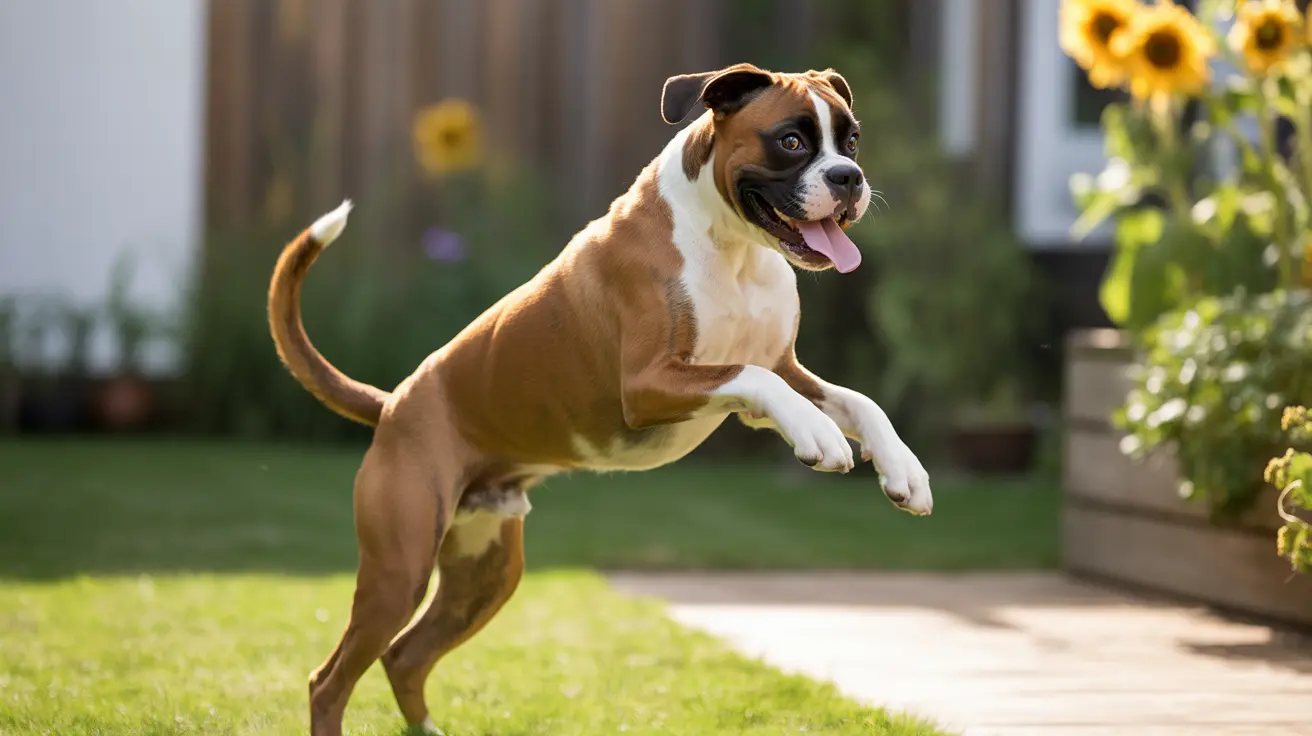Understanding the 7 Second Rule for Dogs
The 7 second rule is a simple yet effective way to assess whether surfaces—especially asphalt and concrete—are too hot for your dog to walk on safely. This rule has gained popularity among pet owners and veterinarians as a practical tool to protect dogs from painful burns and injuries caused by hot pavement during the warmer months.
What Is the 7 Second Rule?
The 7 second rule involves placing the back of your hand on a surface where your dog might walk. If you can’t comfortably hold it there for at least 7 seconds, then the ground is too hot for your dog’s paws. Dogs' paw pads are sensitive and can suffer burns, blisters, and long-term damage when exposed to extreme temperatures.
Why Are Dogs at Risk on Hot Pavement?
- Pavement temperature can be much higher than ambient temperature. When it’s 77°F (25°C) outside, asphalt can reach 125°F (52°C).
- Paw pads lack insulation and absorbing heat too quickly can cause serious injuries.
- Dogs don’t wear shoes, making them vulnerable to whatever surface they walk on.
- Heatstroke risk increases when dogs are forced to walk on hot surfaces, adding stress to their entire system.
What Are the Signs of Burned Paws?
Keep an eye out for signs of paw distress. If your dog is showing any of the following, they may have burned their paw pads:
- Limping or refusing to walk
- Licking or biting paws
- Pads that are darker than usual
- Visible blisters or redness
- Pads peeking or becoming rough and dry
When Is Pavement Most Dangerous?
Generally, any time the temperature exceeds 85°F (29°C), you should test walking surfaces before letting your dog outside. Peak danger times include:
- Midday to early afternoon
- Sunny and windless days
- Urban areas surrounded by heat-absorbing surfaces
Tips to Protect Your Dog’s Paws
- Stick to grass or shaded paths during walks.
- Walk early morning or after sunset when surfaces are cooler.
- Use dog booties for added protection, especially in city areas.
- Apply paw wax to help create a moisture barrier against heat and dryness.
- Carry your dog when crossing potentially hot surfaces like parking lots.
How to Soothe Burned Paws
- Flush the area with cool water (not ice cold)
- Gently dry the paws and apply pet-safe aloe or balm
- Prevent licking with an e-collar if necessary
- Seek veterinary attention if blisters or limping persist
Additional Summer Safety Tips
In addition to guarding paws, remember these seasonal safety practices:
- Provide constant access to fresh water
- Never leave your dog in a parked car
- Offer shaded areas for rest
- Be aware of signs of heat exhaustion like excessive panting, drooling, or lethargy
Conclusion
The 7 second rule is a quick and reliable test every pet owner should use during summer. By staying aware of surface temperatures and making small adjustments to your daily walks, you can prevent serious injuries and ensure your furry friend stays comfortable and safe all year round.





